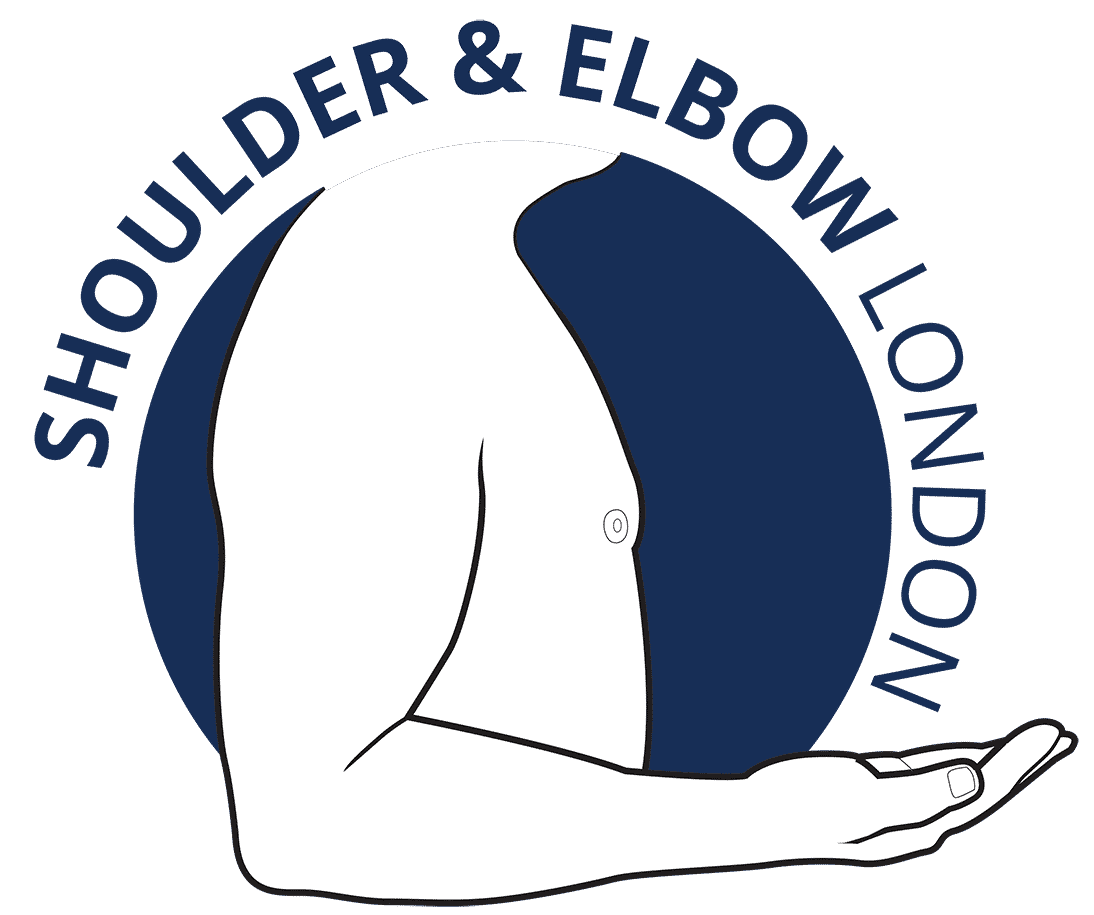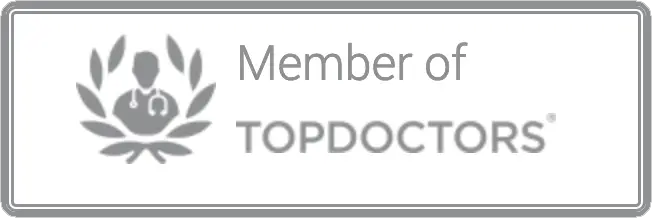
AC JOINT DEGENERATION
What is the AC Joint
The acromio-clavicular joint (AC Joint) is a small joint at the top of the shoulder that is the articulation between the lateral end of the clavicle (collarbone) and the acromion which is part of the shoulder blade. There are several conditions that affect the AC Joint that could cause pain. Common conditions affecting the AC Joint include:
- AC Joint degeneration
- Distal clavicle osteolysis
- Fractures and dislocations of the AC Joint
What are the Symptoms of AC Joint problems?
When AC Joint degeneration becomes symptomatic it usually causes pain localised over the joint, pain on high arm activities, and pain laying on the affected side.
What is AC Joint Degeneration?
The AC Joint like all joints undergoes age related degeneration. AC Joint degeneration is also referred to as AC Joint osteoarthritis or ACJ OA. As we age, the disc between the clavicle and the acromion that we are born with degenerates. In some people however that degenerative process becomes painful, the joint can be inflamed, and the the lateral end of the clavicle can develop a prominent osteophyte.
How is AC Joint Degeneration Treated?
Early symptoms of AC Joint pain can be self-managed with over the counter pain killers and anti-inflammatory drugs. If symptoms persist then specialist review is recommended. Often patients with AC Joint pain may need x-rays and MRI scan to confirm the nature of the problem.
If AC J degeneration is confirmed and the pain is no longer controlled by tablets, the first line of treatment is usually a steroid injection given in clinic. (read more about steroid injections here) Steroid injection into the AC Joint can be diagnostic, in that if it takes the pain away it confirms the AC Joint as the source of the pain. Injections can be therapeutic in the they take the pain away and in some patients a single injection can give long term pain relief.
If steroid injections into the AC Joint don’t control pain, the next step in management would be to consider an arthroscopic excision of distal clavicle.
What is an Arthroscopic ACJ Excision Peration?
An excision of distal clavicle or excision of lateral clavicle or ACJ excision is an operation that is often done arthroscopicly (key-hole). We often do this operation as a day-case operation with the patient awake under regional anaesthesia, but the procedure can be done under general anaesthetic. During the operation we look into the shoulder joint to ensure there are no major problems there, then we go above the shoulder joint and approach the AC Joint from underneath. Using a burr we clear out the joint space and shave the lateral end of the clavicle so there is enough of a gap between the bones so the clavicle and the acromion do not touch.
What is the Recovery Like After an Arthroscopic ACJ Excision Operation?
After an arthroscopic ACJ excision operation, the patient should go home on the same day. Patients are usually in a temporary sling for 24 hours until the nerve block wears off. Once the hand comes back to life the sling needs to remove and physiotherapy should be started within a few days of surgery.
Sutures are removed at 2 weeks post-op and physiotherapy usually continues for 3 months after the surgery.
In a small number of patients, at 3 months post-op there may still be pain in the AC Joint and a further steroid injection into the joint is required to settle down the inflamed scar tissue.
Click here to download my post-operative rehab protocol for your physiotherapist.
Our instructions for post-op care and recovery after shoulder surgery can be found here.
Further patient information about shoulder arthroscopy can be found at aboutmyhealth.org
Nick Ferran @ Shoulder & Elbow London Ltd
Clinics in:
Chiswick – Harrow – St. Johns Wood
As an Amazon Associate, I earn from qualifying purchases.




